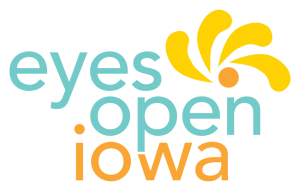Cardea facilitates the development and implementation of effective policies to support comprehensive sexual health education and related student health. Our policy work is based on our extensive experience in sexual and reproductive health, within the context of equity and social justice, and our experiences working directly with teachers, school districts, and state and local education agencies.
At the national level, Cardea collaborates with partner organizations in developing practical sexual health education guidance that is foundational to the development of effective policies. At the state level, Cardea is able to support policy development by providing insight into issues impacting districts, teachers, and parents, then supporting the direct implementation of adopted policies, through convening peer-learning communities, technical assistance and training. At the community level, Cardea supports implementation efforts through parent information and education.




